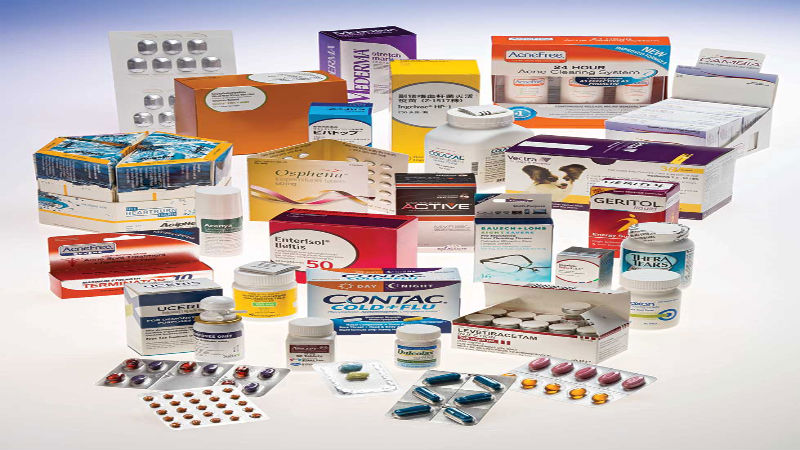The medical packaging industry is continuing to grow at a steady rate. Estimates state it is worth approximately $20 billion annually. Pharmaceutical packaging faces heavy restrictions by many governmental and other agencies. Highly regulated, it also must work to continually provide materials and packaging systems that fulfill the packaging functions and the customers’ needs.
Five Functions of Pharmaceutical Packaging
The industries and pharmaceutical companies package their medical products for five basic reasons. They are:
- Containment: The medical product requires a container to present it to the public. It prevents the product from scattering or being lost to the consumer. The packaging is designed to be leak proof and child proof as well as attractive and functional in design and purpose.
- Protection: Many medications require protection from the elements for a variety of reasons, including degradation affecting potency and effectiveness. Packaging also prevents any counterfeiting or adulteration of the material
- Informative: Most medical packaging features basic and even essential information about the contents on the labels and, more extensively, as inserts inside the container.
- Identification: Packaging also acts to inform the purchaser the contents as well as whether the product is a brand name or generic. It clearly identifies the product to the buyer as well as informs them about other important matters relating to the contents and even the company.
- Convenience: Packaging of medical products is part of a society that idolizes convenience. It makes it easier to administer by citing the information or being in the exact amounts. It also makes it convenient for us to remember when to take it and, in many instances comes in the exact dosage e.g. eye-drops and pain medication.
To meet these goals and fulfill these functions, suppliers of pharmaceutical packaging need to carefully consider the material providing the basis for the various containers and wrappings.
Materials
In order to ensure the medical products arrive safely, companies utilize a variety of materials. They vary in dimension, size, shape, rigidity and breathability. To protect the packages against contaminants, and ensure security of the contents, the manufacturers of the packaging utilize medical polymer films. This type of film achieves the above goals while protecting the contents from the negative effects of light, moisture and any potentially harmful gases.
The more common types of medical film materials are:
Single
Laminations: A film composite of at least two films, layered individually one over the other. They are frequently the material to make pouches. They can be high barrier and foil as well as peelable
Coextruded: This indicates that several layers of film are produced simultaneously. The nature makes them perfect for sterile products
Film structures can create a variety of viable container solutions including thermoformable films, cold-formable films and blister foils.
Medical Packaging
The pharmaceutical packaging industry is growing at a rate of approximately 5% annually. A tightly regulated industry, it works with the latest technology to provide its clients with products that conform to the restrictions. At the same time, they need to ensure the company meets their need to deliver the medical packaging cost-effectively and efficiently.

